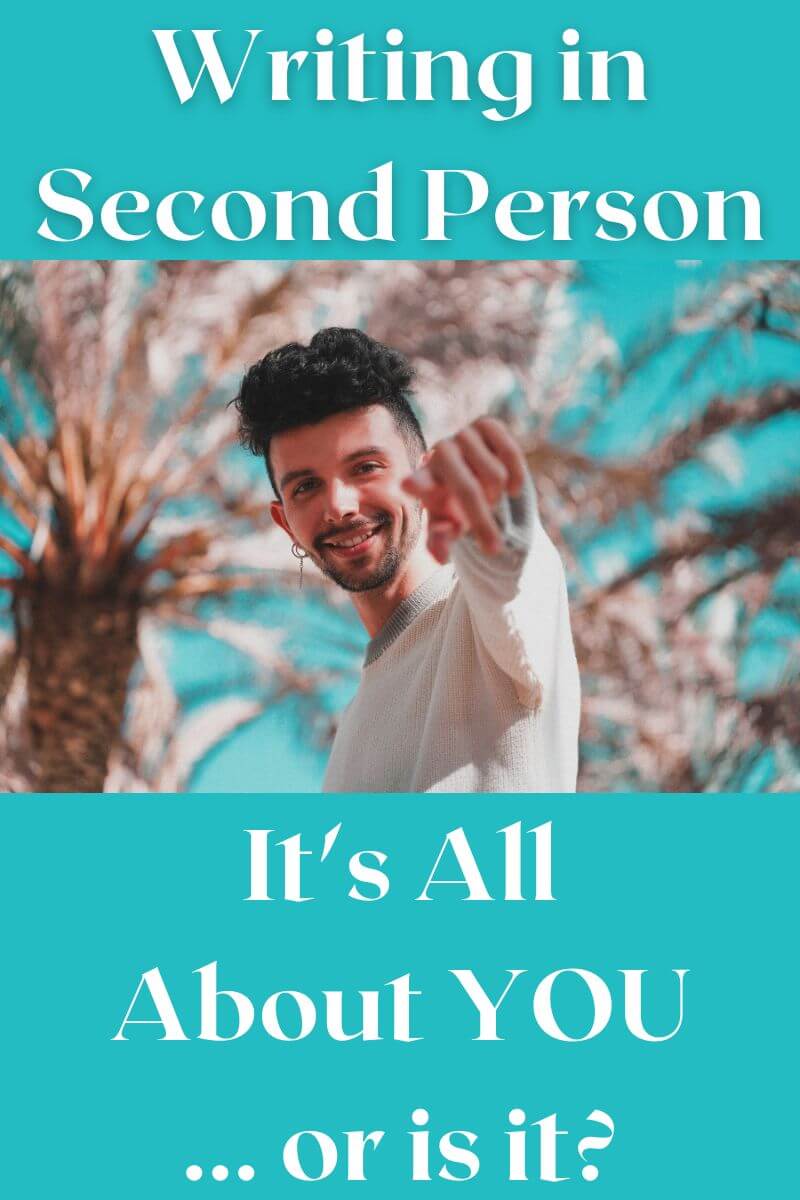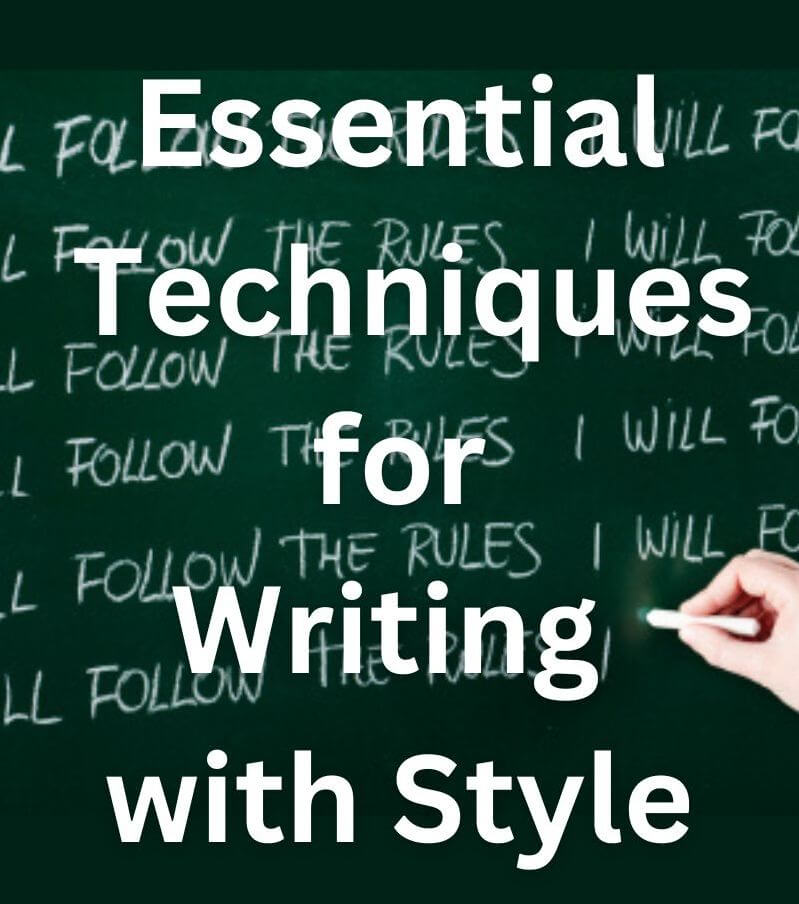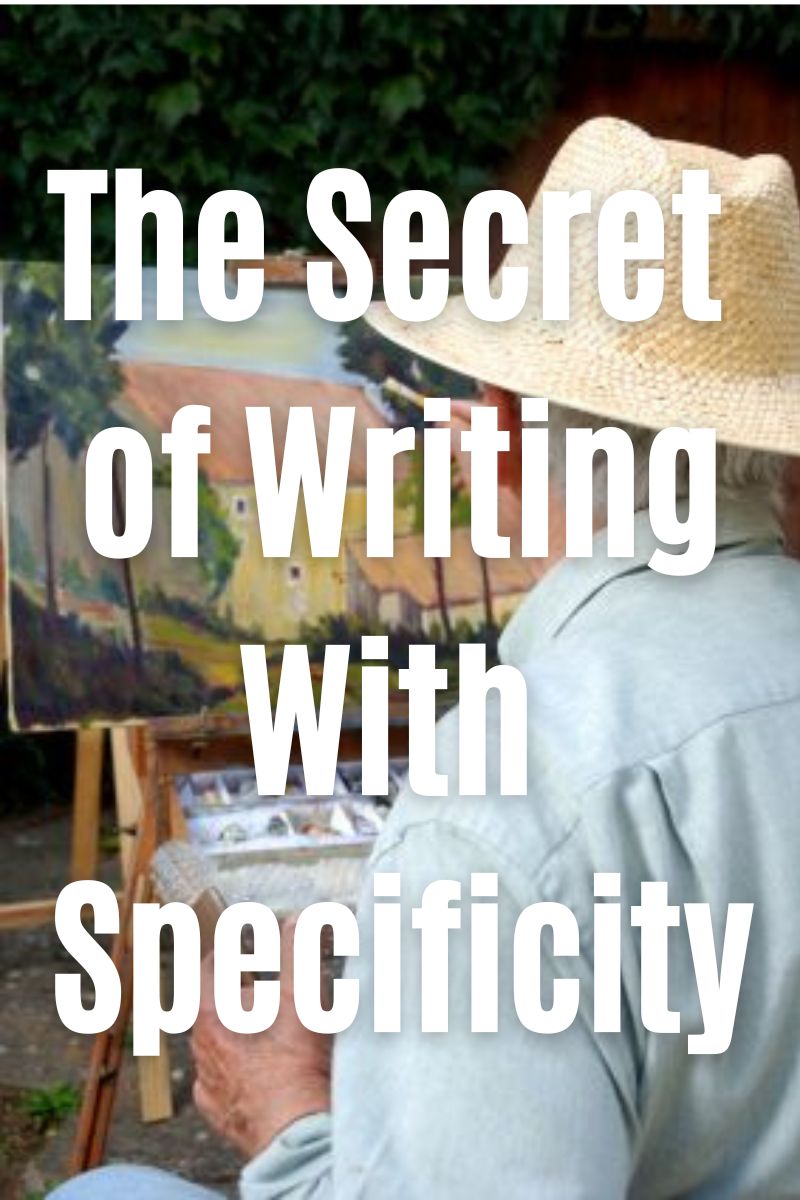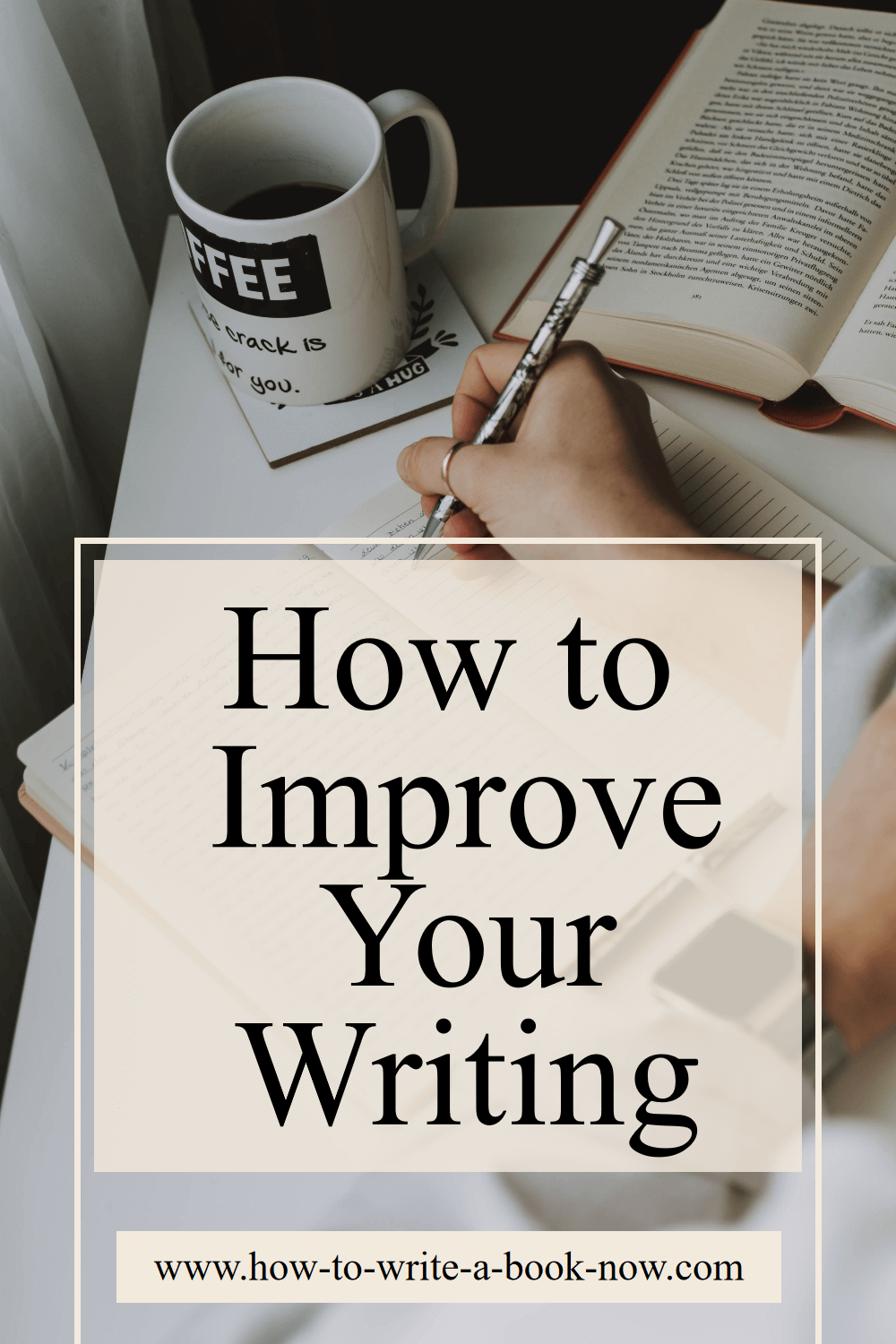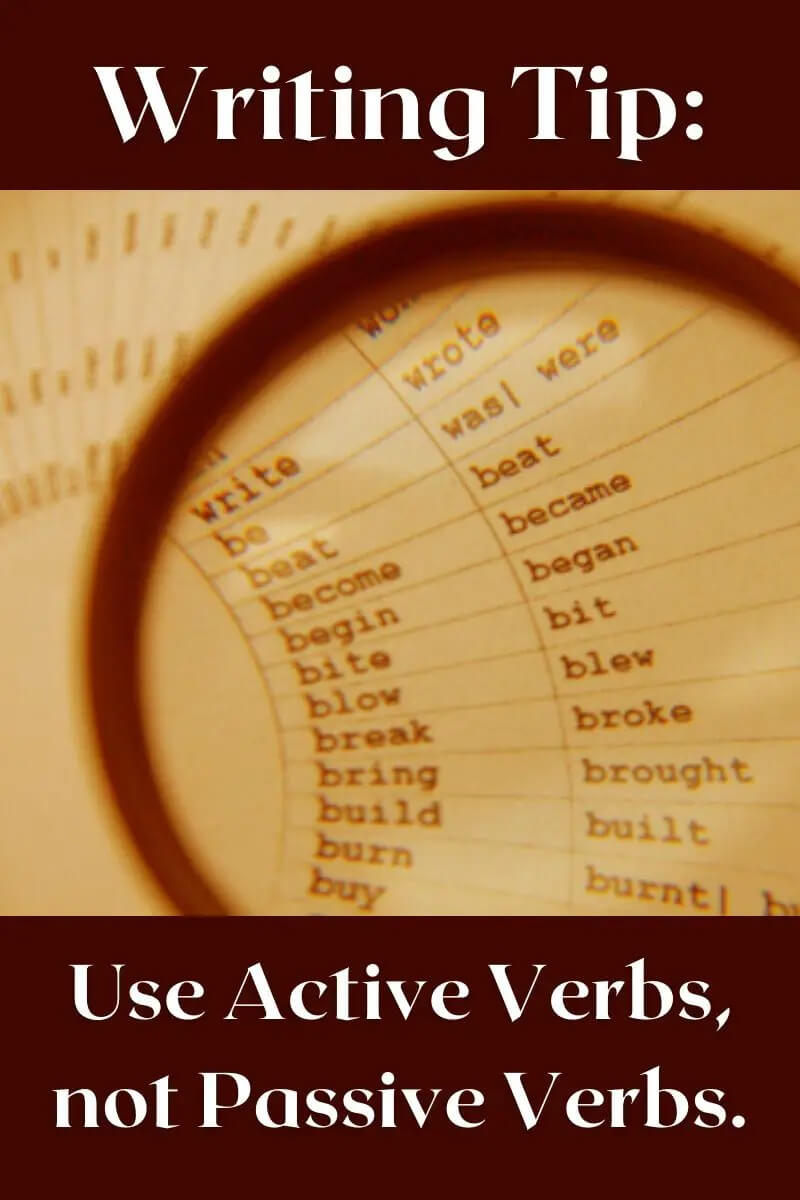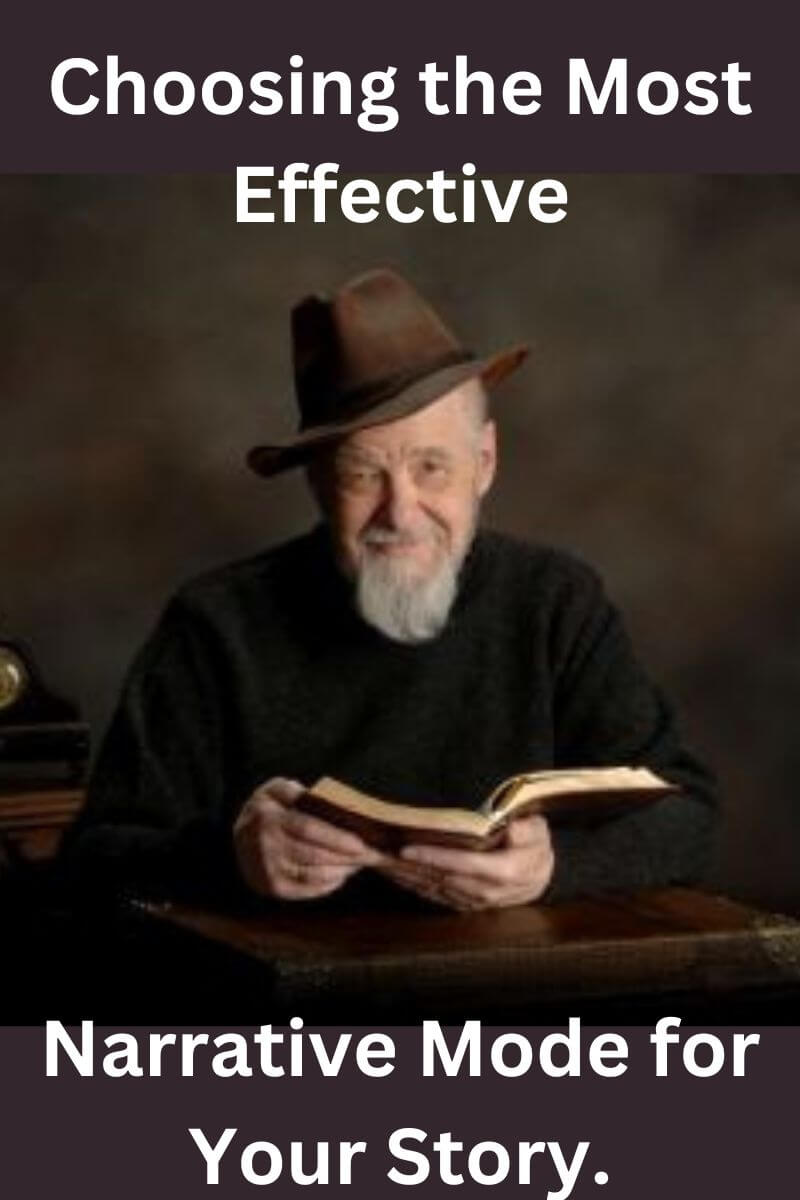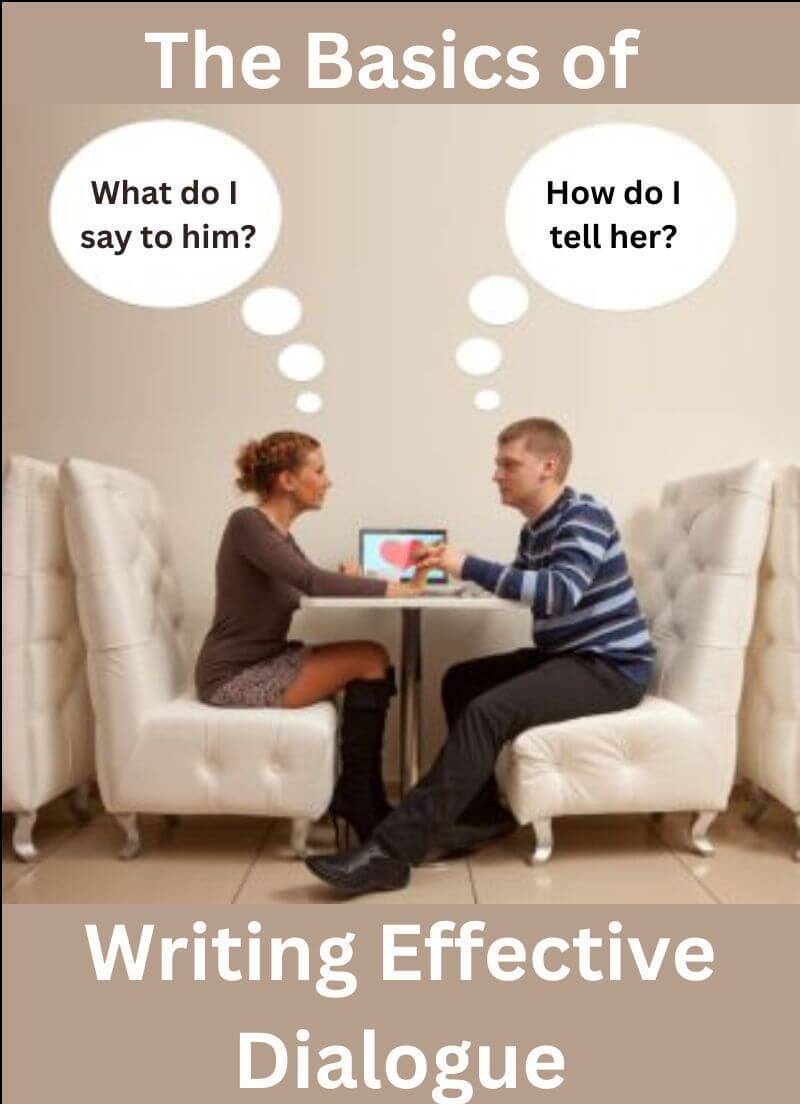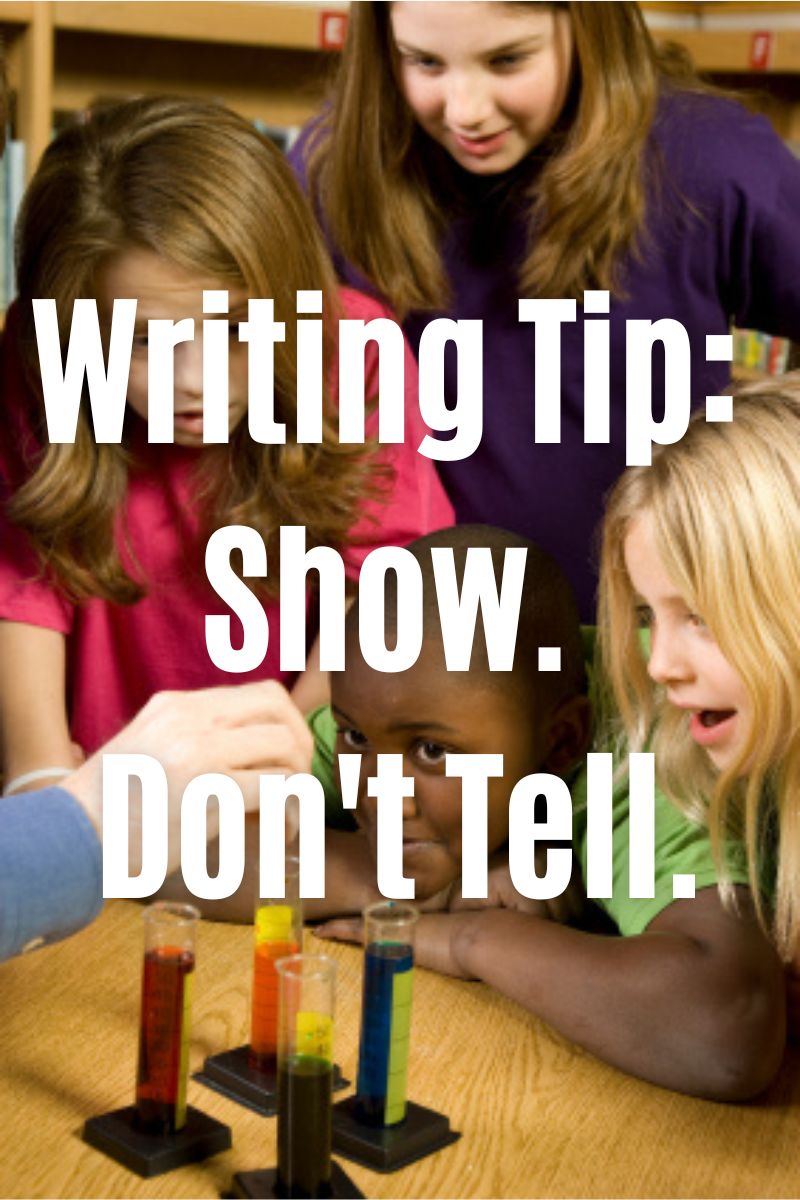Writing Stories in Second Person: 6 Situations Where it Might Pay Off
By Glen C. Strathy
Writing stories in second person brings certain challenges, which is why few writers do it. Second person can be disconcerting for reader because it is rare. Most readers are used to third and first person narration, and it can take a few pages to get into a story written in second person.
Then too, as a writer, you are probably more used to writing stories in third or first person. Writing stories in second person may require you to do some mental gymnastics as you figure out how to describe events and character perceptions in a different way. Second person can also be harder to sustain over a longer story. Nonetheless, a number of authors have written stories and even entire novels using second person narration, because there are certain situations where it can be useful.
Recap: What is Second Person?
Just to be clear, the three "persons" used in narration are...
First Person: "I."
In first person narration, the narrator refers to themself as "I." Often, this happens when the narrator is a character in the story world who is writing or telling their story to the reader or to some other listener. If a story is in the form of a diary, the eventual reader may be themselves. With first person narration, the narrator is usually, but not always, the main character.
Second Person: "You."
In second person narration, the narrator is addressing their words to a particular person, who they refer to as "you." In some stories, "you" may refer to the reader, or it may refer to another character in the story world that the narrator is talking to. Some narrators will even address themselves as "you."
Third Person: "He, She, They, or It"
In third person narration, the narrator leaves themself and the reader out of the story and the story world altogether and just describes what happens to the characters who are in the story, referring to them as "he," "she," "they," or "it" as appropriate.
Given that writing stories in second person is harder, you might wonder why you would bother with it. So let's consider some of the reasons you might choose to write in this style of narration.
What Advantages Does Writing Stories in Second Person Offer?
Of course, you do not have to stick with one person throughout a story. There are occasions in stories where you might switch persons. Stories with character narrators often use all three persons at different points. To see an example of this, let's look at a bit of the children's novel, The Bad Beginning by Lemony Snicket...
"If you are interested in stories with happy endings, you would be better off reading some other book. In this book, not only is there no happy ending, there is no happy beginning and very few happy things in the middle. This is because not very many happy things happened in the lives of the three Baudelaire youngsters. Violet, Klaus, and Sunny Baudelaire were intelligent children, and they were charming, and resourceful, and had pleasant facial features, but they were extremely unlucky, and most everything that happened to them was rife with misfortune, misery, and despair. I'm sorry to tell you this, but that is how the story goes."
#1: It can Help You Create an Unreliable Character Narrator (When That is Your Intent).
Lemony Snicket, who is the narrator of The Bad Beginning, is a minor character in the story world. Most of the time, he tells the story of what happens to the Baudelaire children in third person, but occasionally he will insert himself into the story and address the reader directly, as in the above example. When Snicket does this, he refers to himself as "I," and the reader as "you." (This raises the question of whether the reader is supposed to assume the role of a character in the story world as well.)
Using character narrators like Snicket can be advantageous in certain stories because they are not omniscient. Like any character, they may have a limited knowledge or understanding of the events they are describing. They may even be deliberately lying or misrepresenting events to the reader. Such characters are often termed "unreliable narrators." You may find it useful to create such a narrator for stories in which you want your reader to feel they are not getting the complete or accurate story.
However, this is a relatively minor use of second person. There are more significant reasons why writers sometimes prefer writing stories in second person.
Books Quoted on this Page
(As an Amazon Associate, this site earns if you purchase these books after clicking these images.)
#2: It can Help Draw the Reader into the Story World
Travel writing is a type of nonfiction writing where second person is common. Travel guides are often written in second person because the writer wants readers to imagine what it would be like to visit the places they are describing. If the readers can picture themselves in the destination, they are more likely to book the trip. They are more likely to follow the guide's advice.
Fiction writers can also give their readers a similar feeling of being immersed in a fictional world by writing stories in second person. For example, Shani Mootoo, uses this technique in her novel, Valmiki's Daughter, to introduce readers to the setting, which is the island country of Trinidad, a popular destination for tourists. Here's a sample...
"Just before moving onward, you will be hit with a strong sweet whiff of garlic, scallions, and ginger as they are sauteed, a street away, in peanut and sesame seed oil. But you won't see Hing Wan Chinese Restaurant, the best this side of the oil refinery, as it is obscured behind the Town Hall, on the slope of land that falls toward the commercial centre below. Hing Wan's is where the aldermen, the mayor, and lawyers take their lunch, and where some of the doctors take theirs too. Today you would find Dr. Mansingh there. He is in one of the several private rooms, at the back of the restaurant. He is, of course, not alone, but the staff here is discreet. Despite the distraction of the aroma, know that there is street food higher up, exceptional and unusual food, near the gates of the Girls' School. You will want to sample that, to buy it from the vendor there, so have courage and steer the Promenade tour onward."
Notice how the use of second person makes you feel as though you are being spoken to directly by the narrator, as though she is taking you on a magical guided tour of this fascinating place.
As it happens, Mootoo only uses second person in the first chapter of the novel where she is introducing the reader to the setting by imitating the style of travel writing. In later chapters, she writes in third person, but by then the reader has been acclimatized.
Let's look at another use of second person...
#3. Second person can Put the Reader Closely into the Protagonist's Perspective
Yes, I know what you are thinking. If you want the reader to experience a story from the main character's point-of-view, surely first person narration would be most effective. And that's a valid point. However, there are times when you can use both first and second person to put the reader more firmly into the main character's perspective. Here's an instance from Leonard Cohen's novel, Beautiful Losers...
"Catherine Tekakwitha, who are you? Are you (1656-1680)? Is that enough? Are you the Iroquois Virgin? Are you the Lily of the Shores of the Mohawk River? Can I love you in my own way? I am an old scholar, better-looking now than when I was young. That's what sitting on your ass does to your face. I've come after you, Catherine Takakwitha. I want to know what goes on under that rosy blanket. Do I have any right? I fell in love with a religious picture of you. You were standing among birch trees, my favorite trees. God knows how far up your moccasins were laced. There was a river behind you, no doubt the Mohawk River. Two birds in the left foreground would be delighted if you tickled their white throats or even if you used them as an example of something or other in a parable. Do I have any right to come after you with my dusty mind full of the junk of maybe five thousand books? I hardly even get out to the country very often. Could you teach me about leaves? Do you know anything about narcotic mushrooms? Lady Marilyn just died a few years ago. May I say that some old scholar four hundred years from now, maybe of my own blood, will come after her in the way I come after you? But right now you must know more about heaven. Does it look like one of these little plastic altars that glow in the dark? I swear I won't mind if it does. Are the stars tiny after all? Can an old scholar find love at last and stop having to pull himself off every night so he can get to sleep?"
Notice how, in this passage, the main character is not addressing the reader but another character, the historical figure, Catherine Tekawitha. Since "you" refers to Tekawitha, the reader assumes the perspective of the "I" character, the narrator. Rather than feel like they are being spoken to by the main character, the reader in this case feels like they have become the main character and are addressing Tekawitha. The reader can therefore they can feel what it's like to be obsessed with her the way the main character is.
As with the previous examples, Beautiful Losers is only partly written in second person. So let's look at a more extensive use of second person...
#4: Writing Stories in Second Person Can Help You Portray Main Characters Who are Dissociating or "Beside Themselves."
Jay McInerney's novel, Bright Lights, Big City, is written entirely in second person. The main character's life is in the process of falling apart and he is is experiencing a mental breakdown as a result of separating from his wife. (His use of recreational drugs to avoid the emotional upset does not help.) Here is an example of second person narration from this novel...
"You are not the kind of guy who would be at a place like this at this time of the morning. But here you are and you cannot say that the terrain is entirely unfamiliar, although the details are fuzzy. You are at a nightclub talking to a girl with a shaved head. The club is either Heartbreak or the Lizard Lounge. All might come clear if you could just slip into the bathroom and do a little more Bolivian Marching Powder. Then again, it might not. A small voice inside you insists that this epidemic lack of clarity is a result of too much of that already. The night has already turned on that imperceptible pivot where two A.M. changes to six A.M. You know this moment has come and gone, but you are not yet willing to concede that you have crossed the line beyond which is gratuitous damage and the palsy of unraveled nerve endings. Somewhere back there you could have cut your losses, but you rode past that moment on a comet trail of white powder and now you are trying to hang on to the rush. Your brain at this moment is composed of brigades of tiny Bolivian soldiers. They are tired and muddy from their long march through the night. There are holes in their boots and they are hungry. They need to be fed. They need the Bolivian Marching Powder."
Notice how the main character seems to be of different minds. On the one hand, part of his mind ("a small voice") seems rational and wants him to do what is best for himself. Another part is non-verbal and is refusing to listen. Meanwhile, the narrator seems to be a third part of the character's mind who can describe what is happening to himself, but can't change it.
As you can see, writing stories in second person allows you to portray characters whose thinking has become compartmentalized.
#5: To Create an Interactive Narrative
Another use of second person can be found in "Choose Your Own Adventure Novels." Usually written for children and young adults, these books try to attract reluctant readers by letting them choose how the story will unfold. Often, they are written in second person. At certain points in the book, readers are told, "Turn to page A if you want do do B. Turn to page Y if you want to do Z," etc. Here's a bit from one such book called, The Haunted House by R.A. Montgomery...
"You and your dog Homer are walking home from school for lunch one day. Since he loves to play, you pick up a stick from the sidewalk and give it a big toss. Homer goes after it.
A white cat runs in front of him and--zoom!--Homer chases the cat. Homer chases her right into the yard of a big gray house.
Wow! It looks as if nobody has lived here for years. The grass is uncut. The front door is half open. Most of the windows are broken, and there are shingles missing from the roof. It's definitely a scary-looking old house. Maybe it's haunted!"
As you can see, the purpose of using second person in Choose Your Own Adventure books is to draw the reader into the story by making them assume the role of the main character, much the way video games put the player in charge of the story by having them control the main character and make certain choices. At the same time, the narrator controls the story to some extent, telling the reader what they are doing moment to moment and only offering them occasional choices.
#6: Sometimes, You Want Your Reader to be Uncomfortable.
You can also use second person narration when you don't want to offer your reader an expected, comfortable style of narration. In certain genres, readers enjoy a narrative style that is surprising or even shocking.
In literary fiction, for example, readers often enjoy the intellectual stimulation of an unusual narrative style. Lovers of literary fiction want the narrator to have a unique voice and style, because they feel it makes the story more interesting. The style is expected to be specifically tailored to support the theme or message of the story. Second person is one stylistic choice that may be appropriate for a literary novel.
Visceral horror is another genre where readers don't want to feel too comfortable. Writing stories in second person can add to the disturbing atmosphere you are trying to create.
The Bottom line...
Writing stories in second person has its challenges, but it can engage the reader in unique ways. If you are unsure whether to try it, the best thing to do is to write two different versions of a story (or even just a page or two of a story). Write one version in second person, and the other version in either first or third person. Then ask yourself which version makes the story come alive more. If you're in doubt, show both versions to people you trust and ask them which version they find more engaging.
You may be surprised by their responses.
- Home
- Writing Style
- Writing in Second Person
